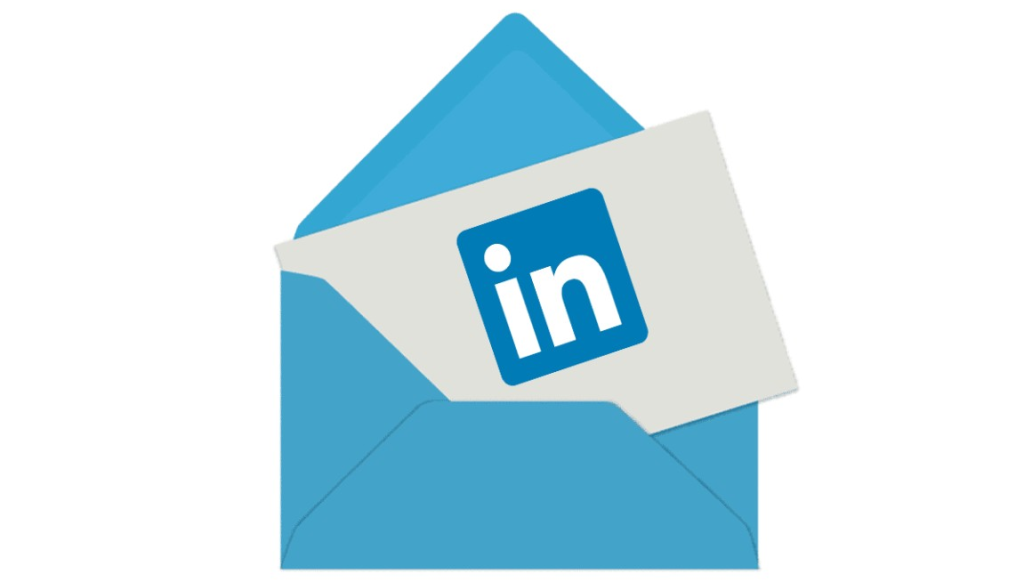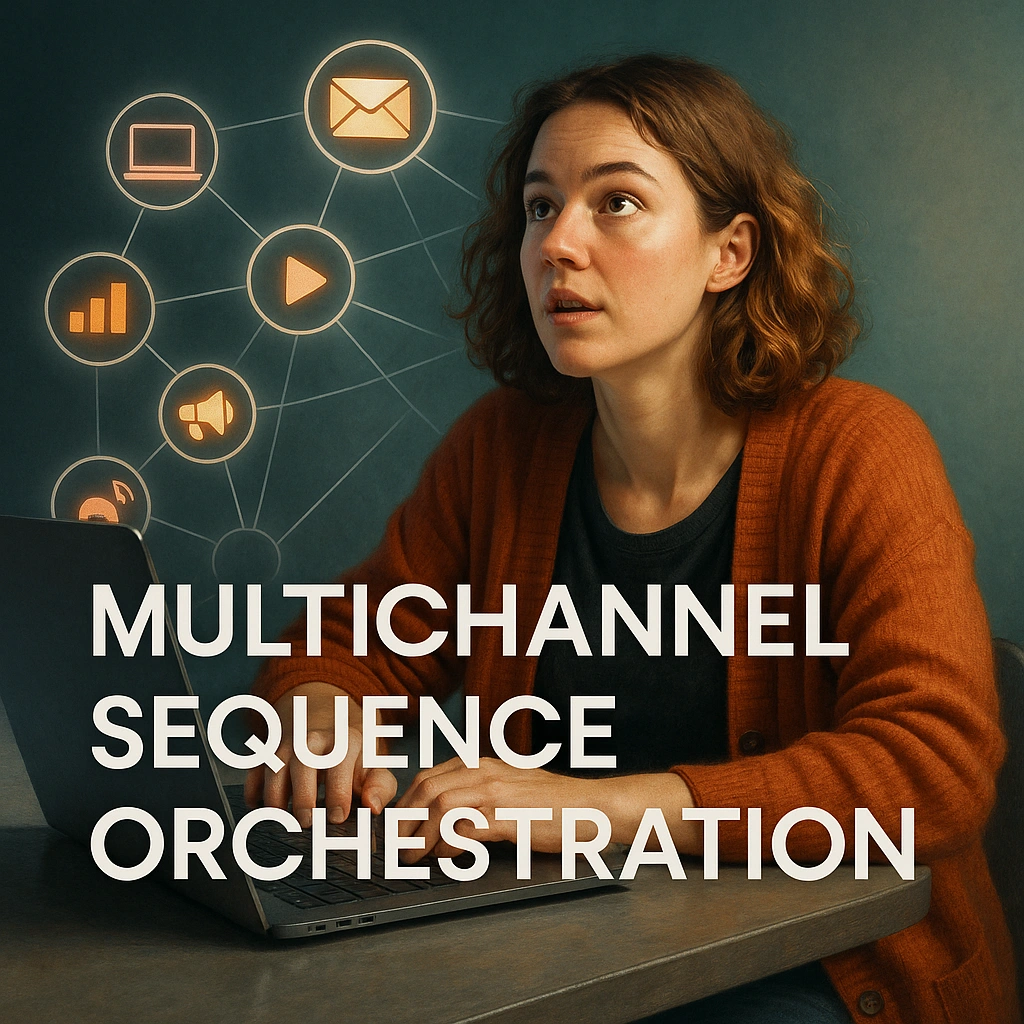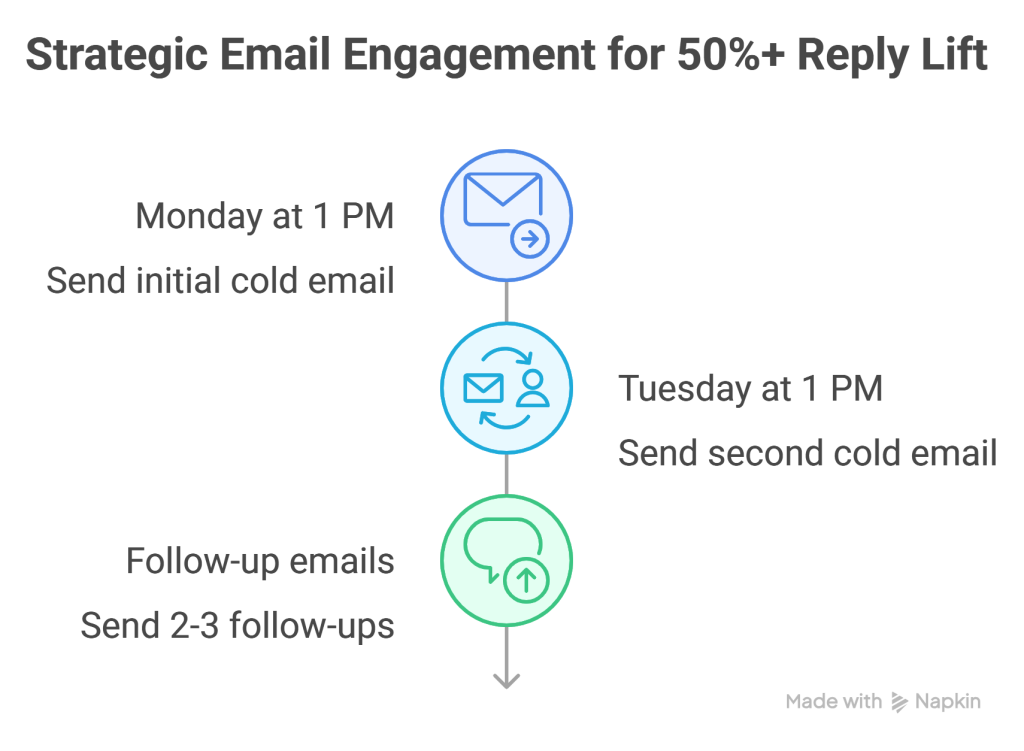The cold outreach landscape has shifted dramatically in 2025, with LinkedIn InMail achieving 10.3% response rates while cold email reply rates plummeted to just 5.1%. This stark performance gap reveals a fundamental transformation in how B2B prospects engage with sales communications. Email deliverability continues deteriorating, with 17% of messages never reaching inboxes due to authentication failures and spam triggers. Yet paradoxically, cold email still generates $42 for every $1 spent when executed properly.
The real game-changer? AI-driven personalization analyzing 50+ data points per prospect, lifting LinkedIn acceptance rates to 40% and email replies to 35%. For sales professionals mastering Kaltakquise: Cold Email oder LinkedIn – all you need to know for cold outreach in 2025, understanding these performance metrics isn’t optional—it’s essential for survival in an increasingly competitive outreach environment.
Contents
- 1 Key Takeaways
- 2 LinkedIn Outreach Dominates 2025 Performance Metrics
- 3 Cold Email’s Persistent Challenges and Hidden Strengths
- 4 AI-Driven Personalization Transforms Both Channels
- 5 Essential Tools for Maximum Performance
- 6 Best Practices for 2025 Success
- 7 Strategic Recommendations for Channel Selection
- 8 Implementation Roadmap for 2025
- 9 FAQ
- 9.1 What’s the average response rate difference between LinkedIn and cold email in 2025?
- 9.2 How much should I budget for LinkedIn outreach versus cold email campaigns?
- 9.3 Which channel works better for B2B sales with long sales cycles?
- 9.4 Can I automate both LinkedIn and email outreach without getting banned?
- 10 Sources
Key Takeaways
- LinkedIn InMail delivers double the response rate of cold email (10.3% vs 5.1%) while avoiding spam filters entirely
- Cold email maintains superior ROI scalability at $42 per dollar invested, despite declining open rates from 36% to 27.7%
- AI-powered personalization boosts reply rates significantly—35% for email and 40% for LinkedIn connections
- Multichannel sequences combining both platforms increase engagement by 287% compared to single-channel approaches
- Mobile optimization remains critical as 81% of emails are opened on mobile devices, yet only 20% of campaigns are optimized
LinkedIn Outreach Dominates 2025 Performance Metrics
Response Rate Superiority
LinkedIn’s advantage in 2025 stems from its professional context and spam-free environment. InMail response rates consistently hit 10.3% across industries, with top performers reaching 18-25%. This performance doubles cold email’s current 5.1% benchmark, making LinkedIn the preferred channel for quality conversations.
Connection acceptance rates average 30% overall, jumping to 35% in tech sectors. The key driver? Personalized connection requests boost acceptance by 93% compared to generic outreach. This contextual advantage gives LinkedIn users immediate credibility that cold email can’t match.

Message Optimization Standards
LinkedIn’s character constraints actually improve performance. Messages under 400 characters boost replies by 22%, while optimal InMail length stays under 100 words. This brevity forces clearer value propositions and respects prospects’ time constraints.
Open rates exceed 50% for LinkedIn InMail, compared to email’s declining 27.7%. The platform’s notification system ensures visibility, eliminating the deliverability issues plaguing email campaigns. Sales professionals leveraging cold outreach strategies must prioritize LinkedIn’s superior engagement metrics.
Cold Email’s Persistent Challenges and Hidden Strengths
Declining Performance Indicators
Cold email faces mounting challenges in 2025. Reply rates dropped from 7% in 2023 to 5.1% in 2024, with 95% of emails receiving no response whatsoever. Open rates similarly declined from 36% to 27.7%, forcing marketers to accept 15-25% as the new baseline.
Deliverability represents the biggest hurdle. 17% of emails never reach target inboxes due to domain authentication failures and spam triggers. This technical barrier creates an immediate disadvantage compared to LinkedIn’s guaranteed delivery.
ROI Advantages and Scale Benefits
Despite performance challenges, cold email delivers exceptional ROI. The channel generates $42 for every dollar invested, with hyper-personalized campaigns achieving up to 4400% returns. This scalability advantage makes email essential for volume-driven lead generation. Still the quality of the offer determines the outcome very much.
Top-performing campaigns still achieve 10%+ reply rates through proper execution. The gap between average and excellent performance highlights the importance of strategic implementation. Email’s cost efficiency at $18.12 per lead remains competitive for businesses prioritizing quantity over individual conversation quality.
AI-Driven Personalization Transforms Both Channels
Data-Driven Prospect Analysis
AI tools now analyze 50+ data points per prospect, creating hyper-personalized outreach that lifts reply rates to 35% for email and 40% for LinkedIn. This technological advancement addresses the personalization gap—only 5% of senders fully personalize messages despite 32% higher response rates.
Machine learning algorithms identify optimal messaging angles, timing, and follow-up sequences. The result? Calibrated questions using “what” and “how” frameworks boost email replies by 45%. This scientific approach eliminates guesswork from prospect engagement.
Multichannel Sequence Orchestration
Combining email, LinkedIn, and phone outreach boosts engagement by 287% compared to single-channel approaches. Sequences with 3+ touchpoints yield 8× higher response rates, making multichannel coordination essential for 2025 success.
AI orchestration ensures consistent messaging across platforms while respecting channel-specific best practices. This coordination prevents prospect fatigue while maximizing touchpoint effectiveness. The most successful campaigns treat LinkedIn and email as complementary rather than competing channels.
Essential Tools for Maximum Performance
Cold Email Software Stack
Lemlist leads cold email tools at $39/month, offering AI personalization, video integration, and deliverability optimization. Its multichannel capabilities extend to LinkedIn automation, creating seamless prospect journeys across platforms.
Instantly provides automated sequences and inbox warm-up features at $37/month. These tools address email’s primary weakness—deliverability—through systematic IP reputation building and spam filter avoidance. The investment pays dividends through improved inbox placement rates.

LinkedIn Automation Platforms
Expandi offers campaign analytics and behavior-based follow-ups specifically for LinkedIn outreach. Its tracking capabilities reveal which messages drive responses, enabling data-driven optimization of connection request and InMail strategies.
Lemlist’s $99/month LinkedIn package integrates both channels into unified sequences. This higher-tier investment makes sense for businesses comparing outreach methodologies and seeking maximum channel synergy.
Best Practices for 2025 Success
Email Timing and Follow-up Strategies
Send cold emails Monday and Tuesday at 1 PM for optimal open rates. Include 2-3 follow-ups to achieve 50%+ reply lift compared to single-touch campaigns. This persistence overcomes the 95% no-reply rate through strategic re-engagement.
Mobile optimization becomes critical as 81% of emails are opened on smartphones. Yet only 20% of campaigns are properly formatted for mobile viewing. This gap represents a significant opportunity for businesses prioritizing mobile-first design in their email templates.

LinkedIn Engagement Optimization
Target LinkedIn outreach Sunday through Thursday, avoiding weekend periods when engagement drops. Personalize subject lines with specific references like “[Name], your experience at [Company]…” to increase open rates dramatically.
Keep InMails concise—under 100 words—to respect busy professionals’ time constraints. This brevity forces clear value propositions and eliminates unnecessary complexity. Many professionals wonder about LinkedIn messaging, particularly profile viewing notifications, making transparency essential in outreach approach.
Strategic Recommendations for Channel Selection
When to Prioritize LinkedIn
Choose LinkedIn for higher response rates (10.3% vs 5.1%) and spam-free delivery. The platform excels for relationship building and complex B2B sales requiring multiple stakeholder engagement. Decision-makers actively use LinkedIn for professional networking, creating natural conversation opportunities.
LinkedIn’s contextual advantages—visible mutual connections, shared content, and professional backgrounds—create immediate rapport. This social proof accelerates trust-building compared to cold email’s anonymous approach. Sales cycles requiring credibility establishment benefit significantly from LinkedIn’s professional environment.
Cold Email’s Scalability Advantages
Use cold email for scalable ROI ($42:$1) and broader market reach. The channel supports high-volume campaigns targeting specific industries or geographic regions. Email’s automation capabilities enable systematic lead generation at scale.
Cold email works best for transactional sales and clear value propositions. When prospects need minimal convincing and purchase decisions are straightforward, email’s efficiency advantages outweigh LinkedIn’s relationship benefits. The key lies in matching channel strengths to sales complexity.
Implementation Roadmap for 2025
Getting Started with Hybrid Approaches
Begin with LinkedIn for initial contact and relationship establishment. Use connection requests with personalized messages to build your network systematically. Follow up with InMail campaigns for prospects who don’t accept connections but remain valuable targets.
Integrate email sequences for prospects who engage on LinkedIn but need additional nurturing. This hybrid approach leverages LinkedIn’s credibility while using email’s scalability for follow-up communications. The result? 287% higher engagement compared to single-channel strategies.
Measuring Success Across Channels
Track LinkedIn metrics: connection acceptance rates, InMail response rates, and meeting booking percentages. Email metrics should include deliverability rates, open rates, reply rates, and ultimate conversion to opportunities. Compare cost per meeting across channels to optimize budget allocation.
Set realistic expectations based on industry benchmarks. LinkedIn’s 10.3% response rate and email’s 5.1% reply rate provide baseline targets. Focus on improving these metrics through better personalization, timing, and message optimization rather than expecting unrealistic performance jumps.
FAQ
What’s the average response rate difference between LinkedIn and cold email in 2025?
LinkedIn InMail achieves 10.3% average response rates while cold email drops to 5.1%. This 2× performance gap stems from LinkedIn’s professional context, spam-free delivery, and built-in credibility through profiles and mutual connections.
How much should I budget for LinkedIn outreach versus cold email campaigns?
LinkedIn outreach averages $7.90 per meeting using Sales Navigator, while cold email costs $18.12 per lead. LinkedIn requires higher upfront investment but delivers better cost efficiency for direct conversations and relationship building.
Which channel works better for B2B sales with long sales cycles?
LinkedIn excels for complex B2B sales requiring relationship building and multiple stakeholder engagement. The platform’s professional context and social proof accelerate trust-building, making it ideal for longer sales cycles requiring credibility establishment.
Can I automate both LinkedIn and email outreach without getting banned?
Yes, but with strict limits. Cap cold email at 50 messages per day per domain to avoid spam flags. LinkedIn automation tools like Lemlist maintain human-like interaction patterns while staying within platform guidelines and connection limits.

